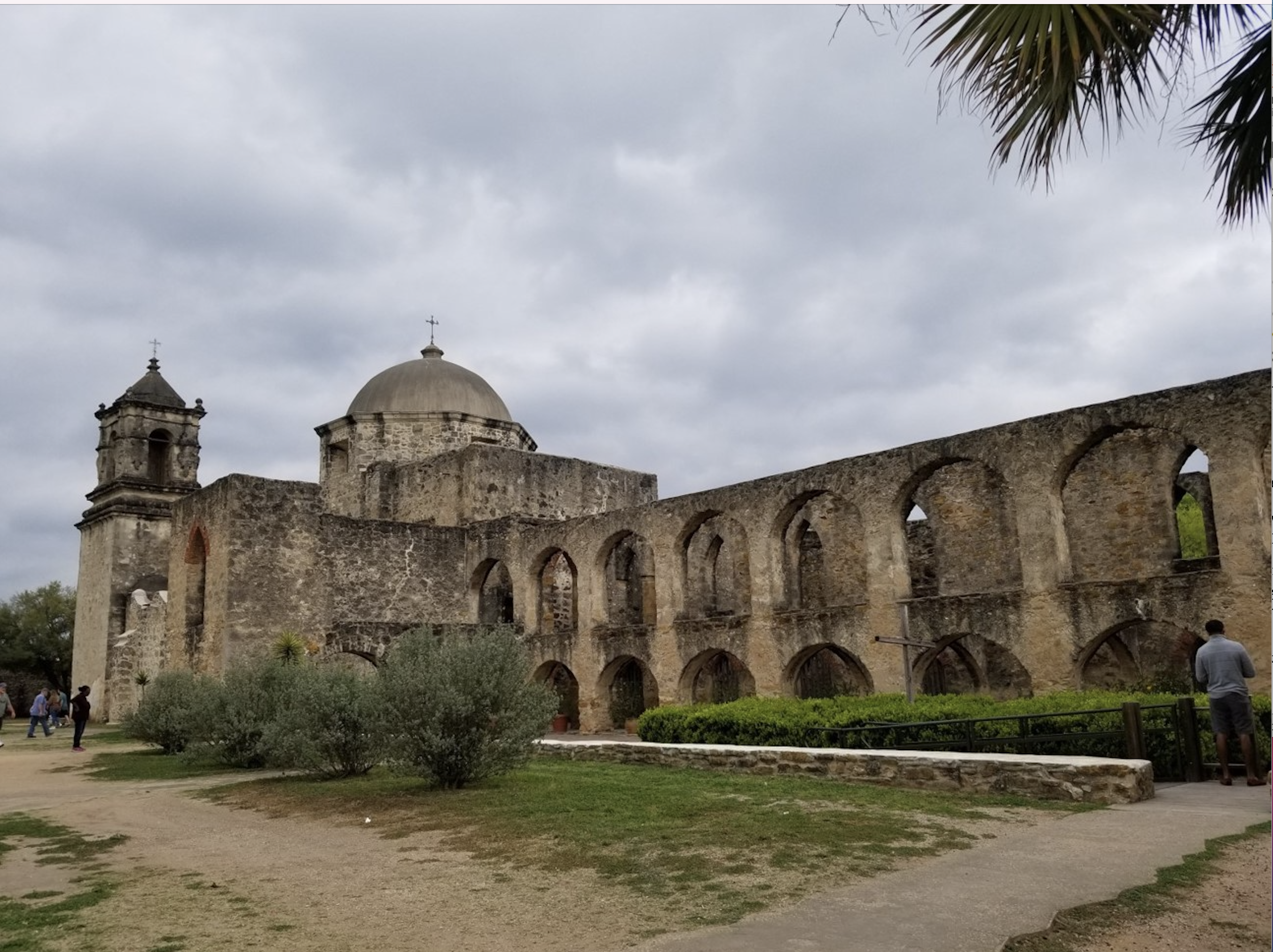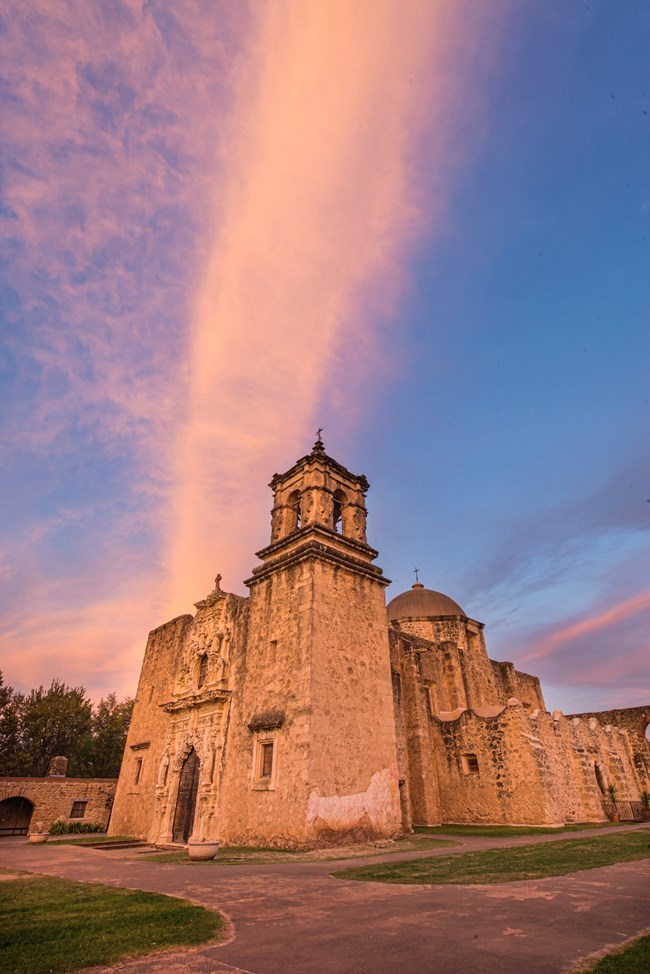Activities Are Plentiful at San Antonio Missions National Historical Park
Activities Are Plentiful at San Antonio Missions National Historical Park
Blog Article
Discover the Cultural Prizes of Texas at the San Antonio Missions National Historic Park
The missions, deeply rooted in both Spanish and Indigenous societies, stand as testimony to a time when faith, practice, and neighborhood linked to form the landscape we see today. Each mission informs a special story, using a glance right into the past that is both exciting and provocative.
Background of San Antonio Missions
The origins of the San Antonio Missions can be mapped back to the 18th century when Spanish missionaries established these spiritual stations in Texas. These goals were built with the objective of spreading Christianity and converting the indigenous population to Catholicism. The very first goal, Goal San Antonio de Padua, was established in 1718, adhered to by Goal San Jose in 1720, Mission San Juan Capistrano in 1731, and Goal San Francisco de la Espada in 1731. These missions were not just places of prayer yet additionally acted as centers for farming, industry, and education, playing a considerable duty in the growth of the region. Gradually, the objectives came to be flourishing areas with churches, living quarters, workshops, and farmland.
In spite of encountering obstacles such as illness, conflicts with Native American people, and political modifications, the objectives continued to operate for many years. Today, the San Antonio Missions stand as a testament to the abundant cultural heritage of Texas and supply a glimpse into the background of Spanish colonization in the area.
Building Wonders of the Missions

Each objective within the San Antonio Missions National Historical Park boasts one-of-a-kind building attributes. The Goal San José, referred to as the "Queen of the Goals," excites visitors with its grand church decorated with fancy carvings and a striking climbed window. In contrast, the Objective San Juan Capistrano showcases an easier style with its small bell tower and simple yet stylish church.
The building marvels of the goals not just work as historical spots however likewise as living testaments to the social fusion that defines Texas' rich heritage - San Antonio Missions National Historical Park weather. Visitors can check out these structures, wonder at their intricate details, and obtain a much deeper gratitude for the craftsmanship and artistry of the past
Cultural Significance of Mission Concepcion
With its distinct red stone walls and intricate geometric styles, Mission Concepcion stands as top article a testament to the withstanding cultural tradition of the San Antonio Missions National Historic Park. Constructed in the very early 18th century, Objective Concepcion is renowned for its well-preserved frescoes, which show a mix of Spanish, Indigenous American, and Mesoamerican impacts. These dynamic frescoes not only showcase the creative talents of the individuals who created them but likewise function as a graph of the social fusion that occurred within the objective walls.
Beyond its building beauty, Mission Concepcion holds substantial social relevance as a website where native individuals were introduced to European personalizeds and Catholicism. The mission played a critical function in shaping the social landscape of Texas, acting as a hub for religious, social, and financial tasks. Today, Objective Concepcion proceeds to be a place of cultural value, attracting site visitors from around the globe that look for to check out and appreciate its rich background and architectural marvels.
Native Impact on Goal Life

Evident with the daily communications and cultural exchanges within Objective Concepcion, aboriginal influences played a critical function fit the fabric of mission life in the 18th century. Native neighborhoods brought a wealth of understanding and abilities that substantially influenced various aspects of objective life. Their knowledge in agriculture, craftsmanship, and traditional recovery practices not only maintained the goals however likewise enriched the social landscape within the goal wall surfaces.
Native influence extended beyond functional abilities, permeating into religious methods and creative expressions. Indigenous beliefs and customs intermingled with Catholic trainings, leading to an one-of-a-kind syncretic blend that specified the spiritual life of the missions. Indigenous craftsmens also left a lasting mark on the objectives via their intricate workmanship, noticeable in the detailed carvings and lively frescoes that adorn the objective churches.
Preservation Efforts and Future Strategies
The assimilation of indigenous impacts within the textile of goal life at San Antonio Missions National Historic Park has actually stimulated extensive preservation initiatives and tactical future strategies focused on protecting and boosting the social prizes housed within these historical websites. Conservation efforts at the park are diverse, consisting of preservation of the building structures, protection of the bordering natural surroundings, and documentation of the rich cultural heritage embedded in the goals. With partnerships with neighborhood areas, government agencies, and social companies, the park has executed preservation jobs to resolve issues such as disintegration, architectural honesty, and historic interpretation.
Looking in advance, the San Antonio Missions National Historic Park has ambitious future strategies to further magnify its social value. These strategies involve broadening curricula, enhancing visitor experiences via interactive exhibitions and scenic tours, and cultivating ongoing research study to strengthen understanding of the objectives' historic context. By focusing on preservation and development, the park intends to ensure that these cultural treasures stay obtainable and significant for generations to find.

Conclusion
In conclusion, the San Antonio Missions National Historic Park in Texas showcases an abundant history, remarkable architectural wonders, and deep social relevance. The goals, particularly Objective Concepcion, show the impact of indigenous populations on mission life. Conservation efforts are continuous to make sure these social treasures are shielded for future generations to appreciate. The park stands as a testimony to the long-lasting tradition of the missions in Texas.
Please visit one of our local supporters - Quick Liquidation Pallet Authentic Sneakers Wholesale
Report this page